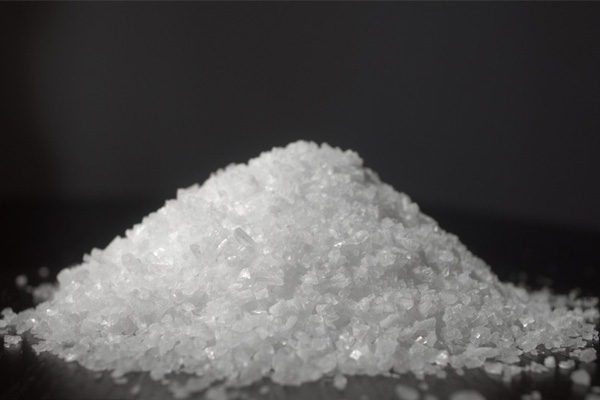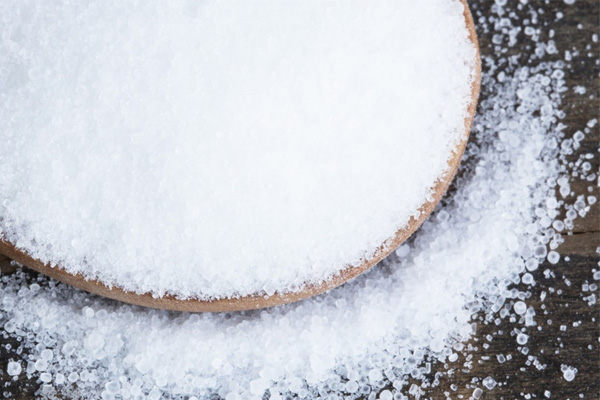Formic acid, commonly known as formic acid, is the simplest carboxylic acid, a colorless and pungent liquid. Formic acid is one of the basic organic chemical raw materials. It can be decomposed into carbon dioxide and water during use, with minimal environmental impact and no pollution. What are the industrial uses of formic acid in practical chemistry?
Built in Chemistry - Formic Acid Products
1. Pharmaceutical industry
Please refer to the specific "Baidu Baike" for details, and there is no specific purpose explanation here;
2. Pesticide industry
Please refer to the specific "Baidu Baike" for details, and there is no specific purpose explanation here;
3. Chemical industry
Used for manufacturing calcium formate, sodium formate, ammonium formate, potassium formate, ethyl formate, barium formate, dimethylformamide, formamide, rubber antioxidant, pentaerythritol, neopentyl glycol, epoxy soybean oil, epoxy soybean oleate octyl ester, terpene chloride, paint remover, phenolic resin, pickled steel plate, etc;
4. Leather industry
Used for manufacturing leather tanning softeners, deliminators, neutralizers, etc;
5. Rubber industry
Used for organic synthesis of natural rubber coagulants, rubber antioxidants, etc;
6. Textile and dyeing industry
Formic acid is used as an agent to eliminate the nitrous acid gas generated by the sodium nitrite method, as a dyeing aid for weak acidic dyes and neutral complex dyes, and as a dyeing aid for reactive dyes dyeing nylon. Formic acid will not remain on the fabric during the printing and dyeing process. It is more acidic than acetic acid and can reduce hexavalent chromium, thus improving the utilization rate of dyes in the chromium mordant dyeing process. Replacing sulfuric acid with formic acid can avoid cellulose degradation, and the acidity is moderate, making it an excellent dyeing aid.
7. Food industry
Edible grade formic acid is used for disinfection and preservation in the brewing industry, as a cleaning disinfectant for canned goods, and as a preservative for fruit juices and food.
8. Feed additives
Edible grade formic acid has great potential in the production of feed additives in silage feed. Formic acid has the function of inhibiting or preventing mold growth, and can change the natural fermentation form of feed. Fatty acids are often added to enhance the anti mold effect. Feeding cows with formic acid treated green feed can prevent milk production from decreasing in winter, and the fattening effect is also significantly improved.
9. CO production
Chemical formula: HCOOH=(catalyzed by concentrated H2SO4) Heating=CO+H2O
10. As a reducing agent
Determination of arsenic, bismuth, aluminum, copper, gold, indium, iron, lead, manganese, mercury, molybdenum, silver, and zinc. Verify cerium, rhenium, and tungsten. Inspect aromatic primary and secondary amines. Solvent for determining relative molecular weight and crystallization. Determination of methoxy groups. Used as a fixative in microscopic analysis. Manufacturing formates.
11. As a chemical cleaning agent
Formic acid and its aqueous solution can dissolve many metals, metal oxides, hydroxides, and salts, and the resulting formates can be dissolved in water, making them suitable as chemical cleaning agents. Formic acid does not contain chloride ions and can be used for cleaning equipment containing stainless steel materials.
Precautions for storage of formic acid
Store in a cool and ventilated warehouse. Keep away from sparks and heat sources. The temperature of the warehouse shall not exceed 30 ℃, and the relative humidity shall not exceed 85%. Keep the container sealed. It should be stored separately from oxidants, alkalis, and active metal powders, and mixed storage should be avoided. Equip corresponding types and quantities of fire-fighting equipment. The storage area should be equipped with emergency response equipment for leaks and suitable storage materials.
 Application and precautions of sodium hydroxide
Application and precautions of sodium hydroxide
 What are the precautions for transportation of sodium hydroxide?
What are the precautions for transportation of sodium hydroxide?
 How to transport and use trisodium phosphate
How to transport and use trisodium phosphate
 Do you know the difference between sodium metabisulfite and food grade sodium metabisulfite?
Do you know the difference between sodium metabisulfite and food grade sodium metabisulfite?